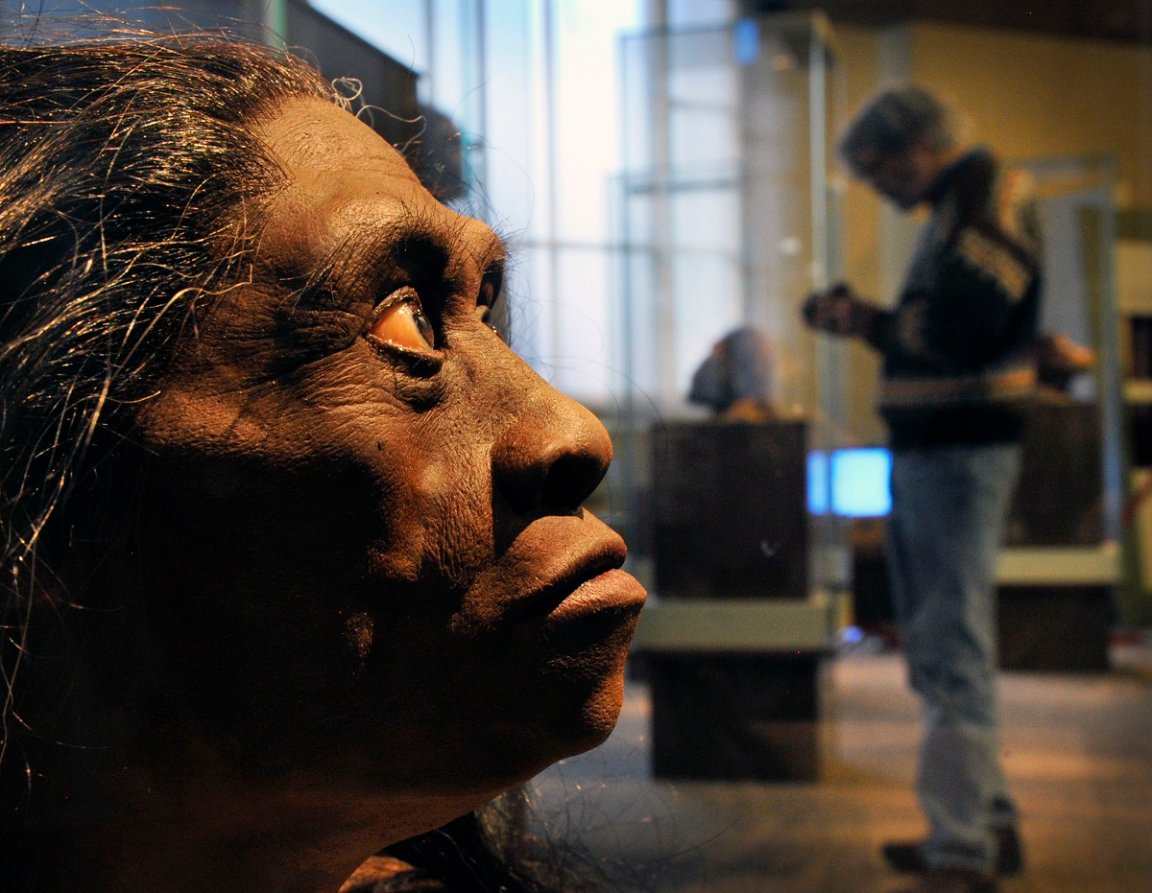
Tiny Dancer
On a tropical island that’s part of modern-day Indonesia, archaeologist have uncovered a remarkable find: a bone fragment belonging to an archaic adult hominin that stood a diminutive three and a half feet tall.
The discovery and identification of this arm bone, detailed in new study in Nature Communications, reveal important and surprising clues on the evolution of Homo floresiensis, an ancient relative of modern humans that’s been nicknamed a “hobbit” for its small stature.
When archaeologist first reported evidence of Homo floresiensis back in 2004, it was a media sensation: physical evidence of a then-unknown and now-extinct cousin, living on the Flores Island of Indonesia as recently as 18,000 years ago.
Archaeologists have theorized that these hobbits were originally descended from even smaller hominins that underwent the process of island dwarfism. Basically, when an animal finds itself on an island or a patch of remote land, they become genetically isolated and adapt to become smaller in size due to less food or fewer predators.
Researchers have determined that this new discovery, which appears to be an arm bone belonging to an adult, is nine to 16 percent smaller than previously-discovered remains of Homo floresiensis. And this newly uncovered bone is about 700,000 years old, showing that ancestors of Homo floresiensis do seem to have become smaller over time.
Old Bones
The remains make for a fascinating what-if about the family tree of humankind.
“We think it was destiny [for humans] to become clever,” University of Tokyo anthropologist and study co-author Yousuke Kaifu told Nature. “Flores tells us that there are other ways for humans to be.”
Evidence has suggested that ancestors of Homo floresiensis arrived on the island a million years ago, possibly due to a storm. These ancestors may have been the taller Homo erectus, which were similar in height to modern humans.
Overtime, these isolated beings became smaller, as seen in this new discovery, before dying out tens of thousands of years ago. Any subsequent findings on Flores Island will hopefully fill out more the puzzle of Homo floresiensis’s evolution.
Beyond the disc0very itself, the research should hammer home that the state of being hominin is in perpetual flux. After all, the ancestors of Homo floresiensis underwent a remarkable change over hundreds of thousands of years. What will us modern humans look like in the far future?
More on archaeology: Scientists Find Structure From Before Homo Sapiens Existed